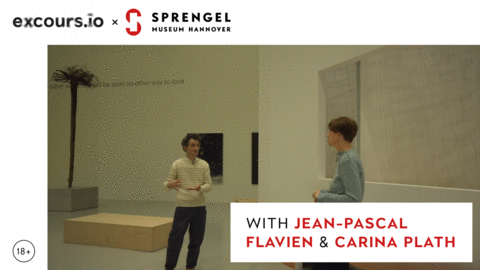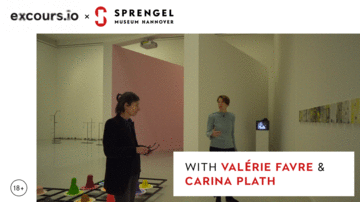In a nutshell
The group exhibition presents a compelling exploration of how art provides resilience in times of personal and societal crisis. The exhibition features works by renowned artists like Gustav Metzger, Shusaku Arakawa, and Alina Szapocznikow, each of whom faced extreme adversity and transformed their experiences into profound artistic statements. Whether addressing environmental destruction, illness, or existential threats, these artists used creativity as a means to survive and challenge the limits of human endurance. The exhibition emphasizes the power of art to propose alternative perspectives when the world seems trapped in binary thinking. By engaging with radical artistic responses to crisis, visitors are invited to reflect on how creativity can offer strength, hope, and new possibilities for navigating the uncertainties of modern life. Art, in this context, becomes more than expression — it becomes a strategy for survival and transformation.
Why should you watch this?
The exhibition tackles pressing issues like climate change, personal trauma, and social upheaval, and having a knowledgeable guide helps to bring those themes to life. It’s not just about admiring the art; it’s about understanding the stories and survival strategies that inspired each piece. This context makes the art resonate even more, helping you connect with the messages in a meaningful way. In a time when we’re all looking for ways to navigate challenges, a guided tour offers fresh insights that can spark reflection and inspire hope.
Curators
Carina Plath
Bio
Born in 1966 in Münster, Carina Plath studied art history, classical archaeology, and Romance philology across various European cities, including Münster and Bologna. She earned her doctorate at the Ruhr University Bochum with a thesis on the concept of open work in the art of Maria Nordman and Southern Californian art from the 1970s. Plath served as the director of the Westfälischen Kunstverein until 2009 and has been the Deputy Director and Curator for Painting and Sculpture at the Sprengel Museum Hannover since 2010. She has curated major projects, including the skulptur projekte münster in 2007, and is committed to enhancing contemporary art experiences through innovative exhibitions and collaborations.
Paula Schwerdtfeger
Bio
Paula Schwerdtfeger, art historian and curator, completed her doctorate in 2020 at the Ludwig Maximilian University of Munich. After her traineeship at the Sprengel Museum Hannover, she began working as a freelance art historian. Her research focuses on modern art, the medium of exhibitions, and the art world during National Socialism. She is particularly known for her analysis of Nazi art exhibitions in her book Space – Time – Order. Since 2015, she has been managing the estate of her great-grandfather, Bauhaus student Kurt Schwerdtfeger.

 English
English


